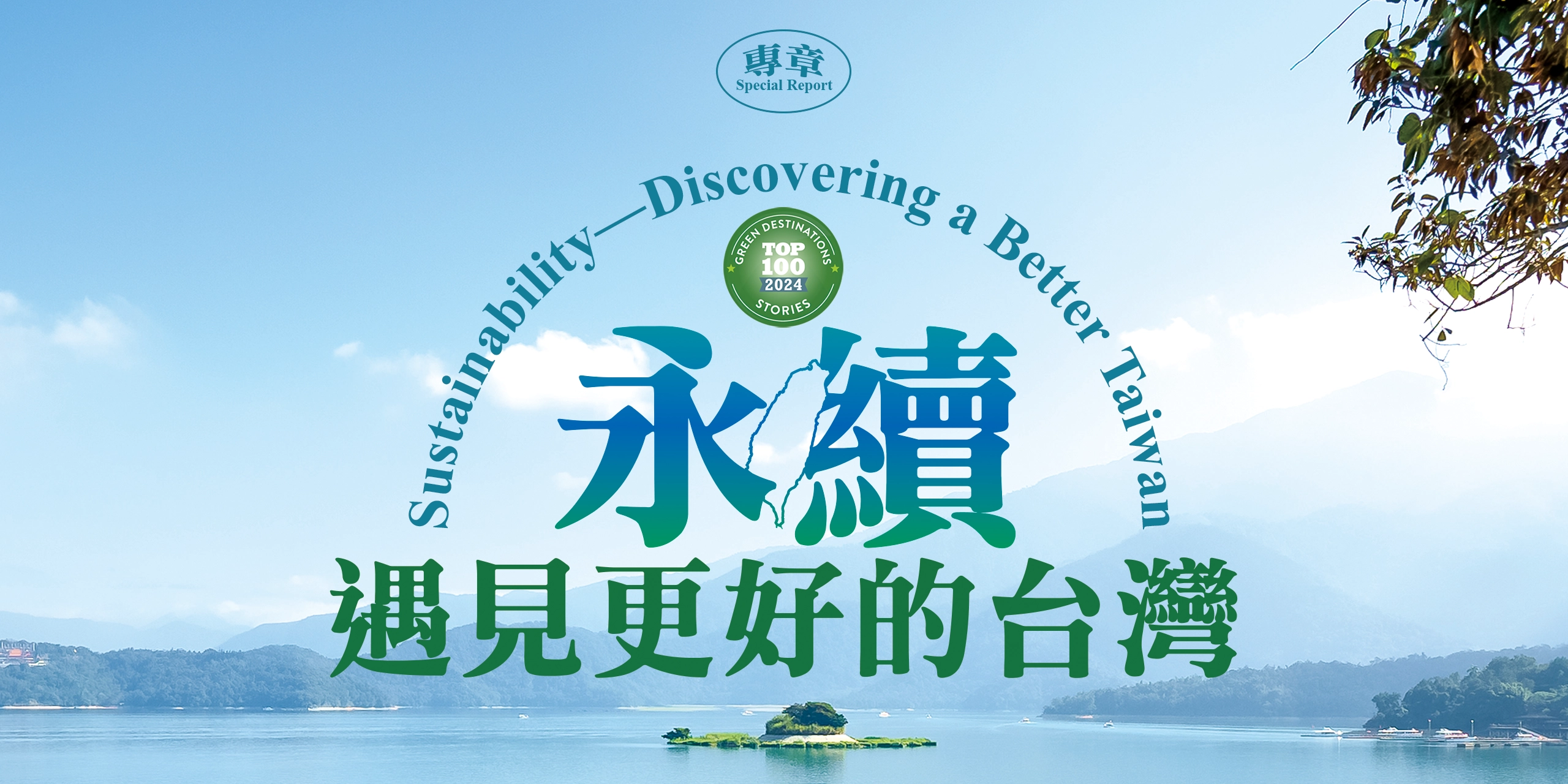North Coast and Guanyinshan National Scenic Area Headquarters
A Cleansing Journey by the Sea—Baishawan Nature Center Advances the Satoumi Initiative through the "I Love Beach Cleanups" program
Destination Management
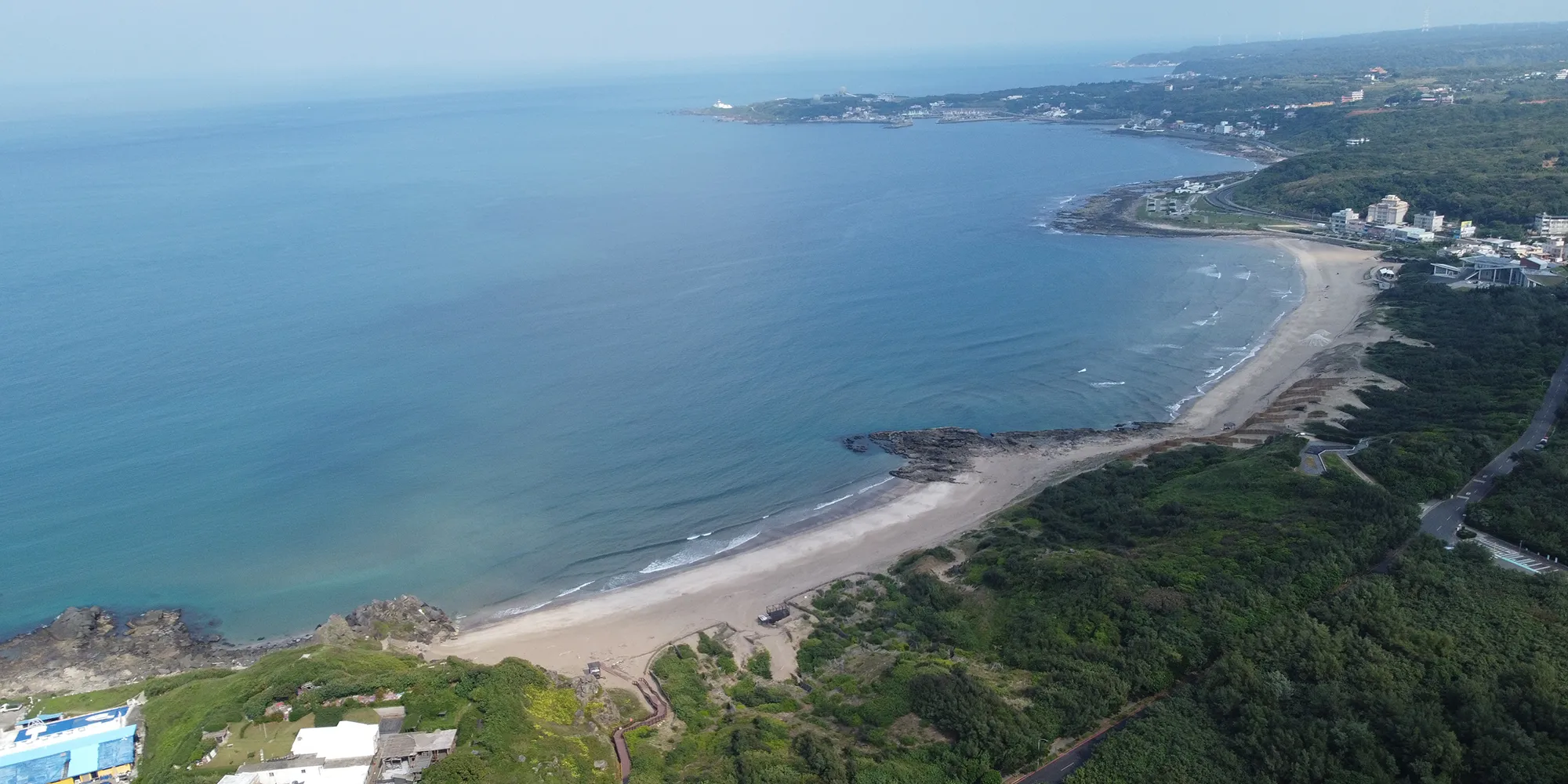

Stretching 50 kilometers, the beautiful shores of the North Coast sustain communities whose livelihoods rely heavily on the sea. Yet strong northeast monsoons, pollutant discharges, and ocean currents have led to the accumulation of marine debris on reefs and beaches, affecting coastal ecosystems and local productivity. To advance the Satoumi Initiative, which promotes harmonious coexistence between people and coastal environments, the North Coast and Guanyinshan National Scenic Area Headquarters has integrated beach cleanup activities to restore this balance, creating an eco-friendly, safe, healthy, and welcoming destination while raising awareness of global sustainability challenges.
In addition to mobilizing staff and technology, such as drone patrols, to monitor debris distribution and implement cleanup plans, the Baishawan Nature Center was established in 2018 to provide environmental education and promote sustainable development. Public-private partnerships and community participation through the "I Love Beach Cleanups" campaign have amplified the impact of this initiative. The headquarters has also developed recycling, reuse, and certification mechanisms for marine waste, creating value for recovered materials (e.g., marine-waste art), creating an upcycling value chain and putting circular economy principles into action.
East Coast National Scenic Area Headquarters
Fugang Geopark—Fugang Geopark: Regenerative tourism of geology, environment, and community
Destination Management
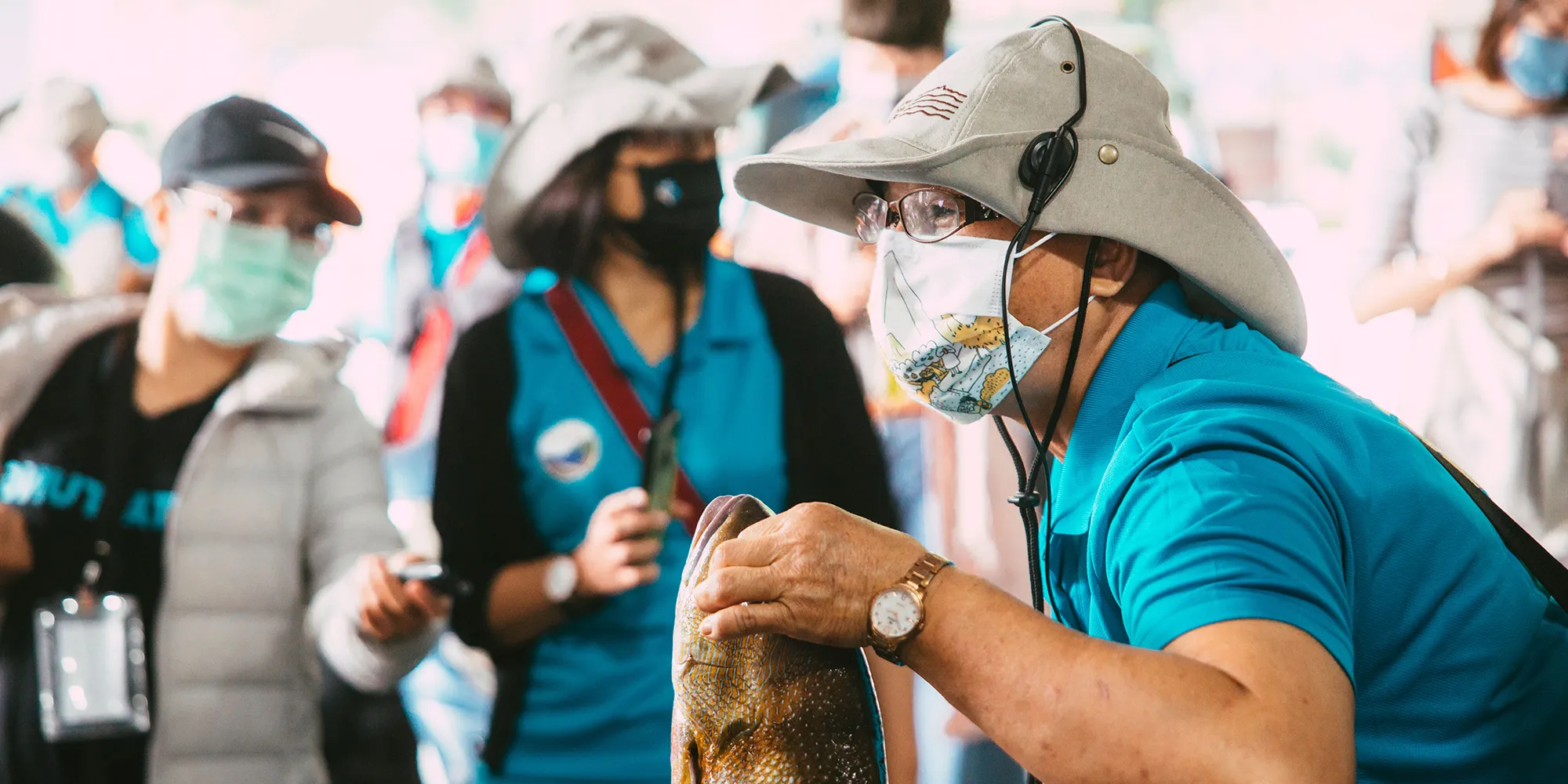

Located in Fugang Village, Taitung City, the Xiaoyeliu Recreation Area is renowned for its Fugang sandstone formations and sea-eroded landscapes. The community has faced challenges such as population outflow, an aging demographic, and environmental pressures from pass-through tourism. The East Coast National Scenic Area Headquarters, with Xiaoyeliu as its centerpiece, established the East Coast Fugang Geopark in 2020 to protect the area's turbidite geology while collaborating with the Fugang community to implement destination management that balances ecological preservation, local economic development, and cultural heritage.
Initiatives include guided eco-experiences (such as night visits to Xiaoyeliu and the Shell Collection Project to provide homes for hermit crabs), the Xiaoyeliu Nature Classroom for environmental education, and community-driven revitalization and marketing programs -- including the Fugang Harbor Regional Tourism Circle Plan, fish market tours, and cultural itineraries introducing local traditions such as Sea God Temple worship. These efforts have encouraged young people to return, fostered stronger community connections, invigorated local tourism, stimulated the economy, and established Fugang Geopark as a signature attraction along the East Coast.
Northeast and Yilan Coast National Scenic Area Headquarters
Zhuangwei Tourism Park- Integrating with Dune Landscape
Nature and Scenery
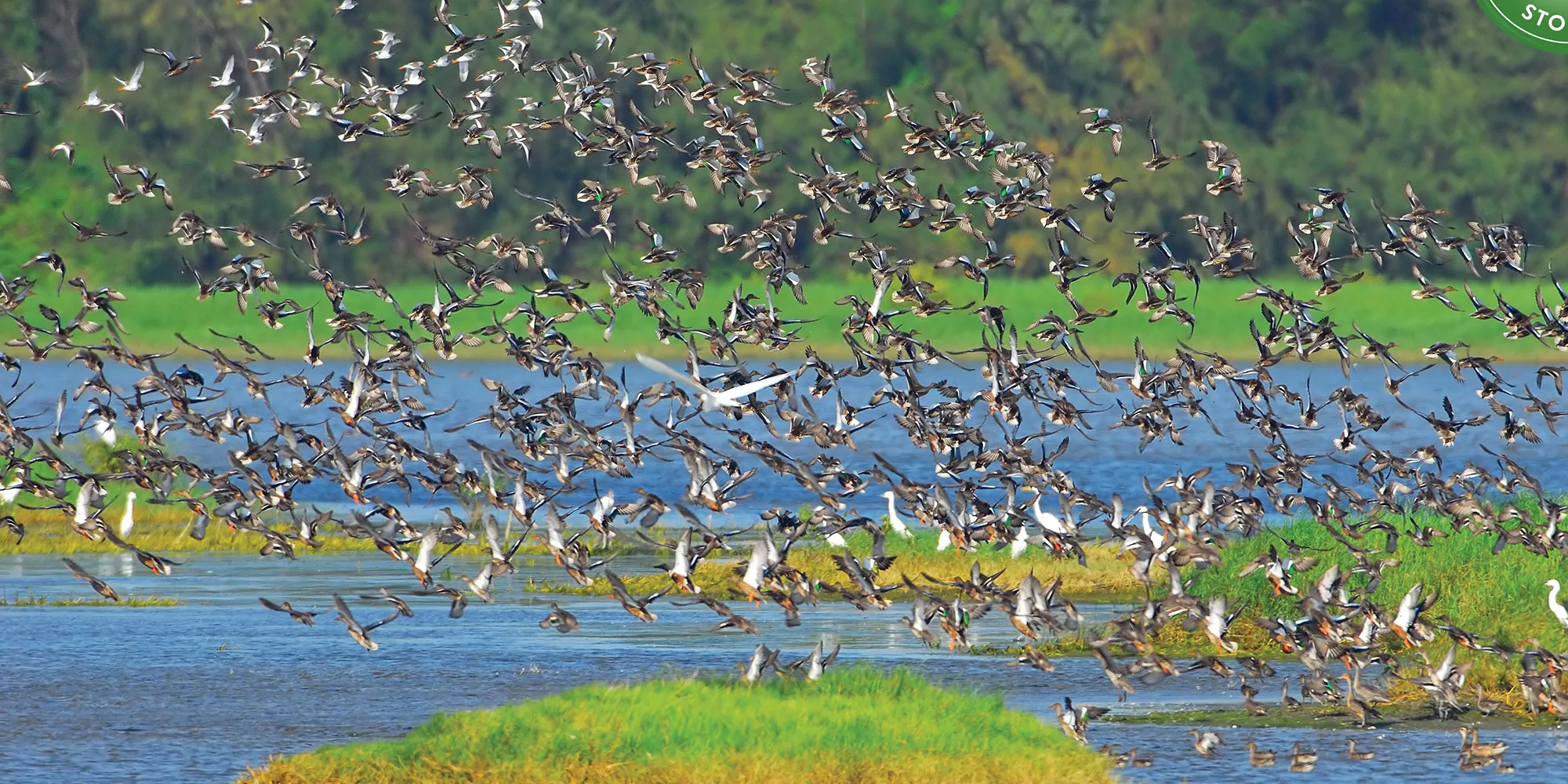

The Zhuangwei Dune Ecological Park stretches along Zhuangwei coast in Yilan. The park is characterized by dunes, marshes, and coastal grasses, adjacent to coastal forests and waterbird habitats in the Lanyang River estuary and nearby wetlands. The area faces challenges such as flooding and standing water due to poor drainage, and construction activities have posed risks of ecological disturbance and degradation, compounded by a harsh coastal environment that limits the range of suitable plant species.
In 2008, the headquarters launched the Zhuangwei Dune Ecological Park Construction and Development Project to achieve balanced development between tourism and nature conservation. Guided by resource surveys and assessments, the plan established and implemented landscape and environmental planning principles, reduced the volume of major buildings, established protocols for regular maintenance and review of park landscaping, and arranged for flexible use of outdoor spaces for art performances. Integration of park facilities and the local landscape have reduced the intensity of tourism impact. Respecting both the site's landscape features and its rich biodiversity, Zhuangwei has gradually evolved into a key tourism and recreation hub in Yilan.
Southwest Coast National Scenic Area Headquarters
Abandoned Salt Fields Transform into Bird Paradise, Restoring Hope for Local Residents
Nature and Landscape
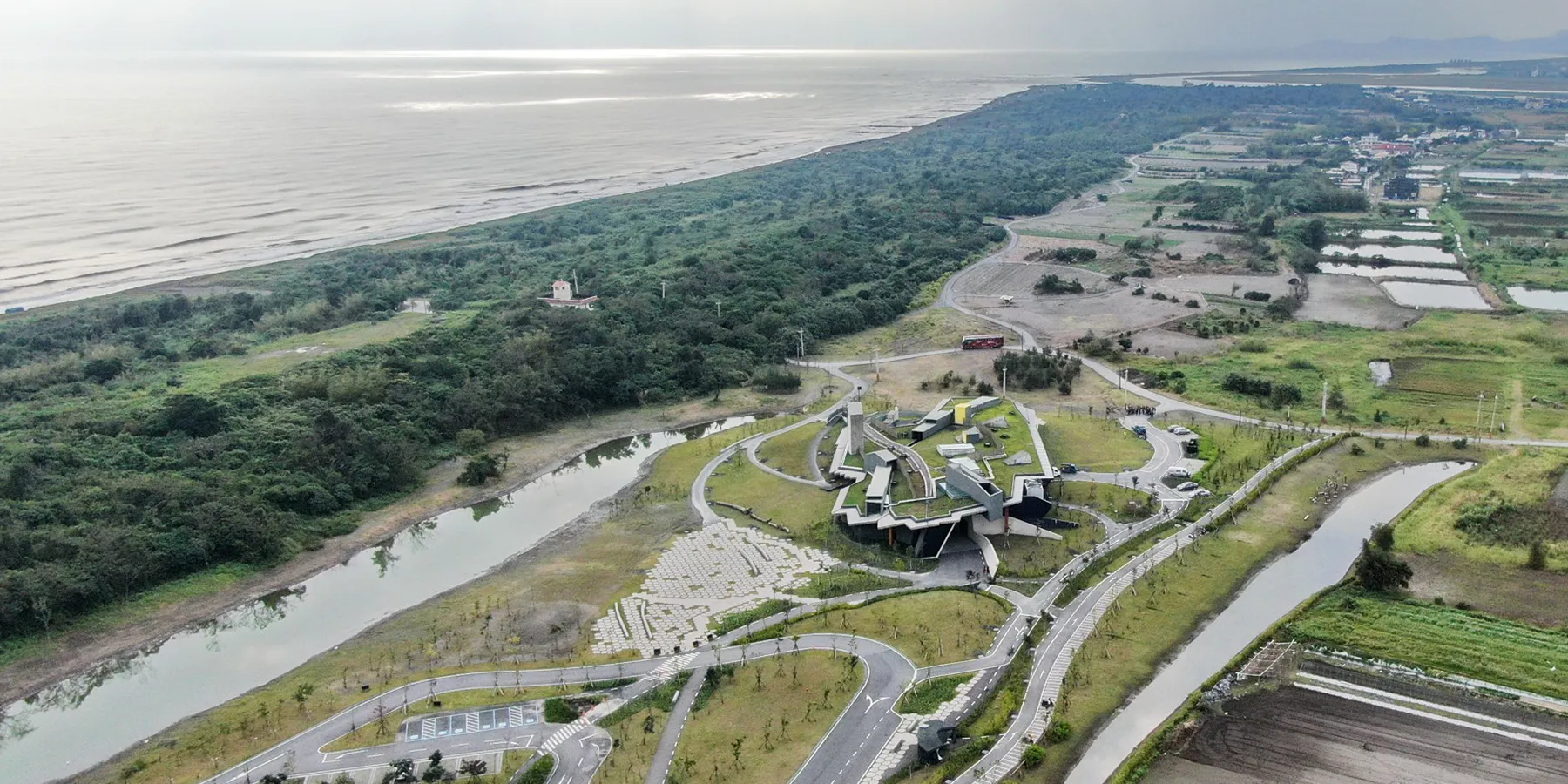

The Budai wetlands was developed as a salt farm in 1930. With the decline of traditional hand-harvested salt, sun-drying ended in 2001 and the fields fell into disuse. The area was subsequently beset by illegal dumping, unregulated resource extraction, and proposals for large-scale industrial development that sparked local opposition.
By good fortune, the area is located along Taiwan’s southwestern waterbird migration and foraging corridor, making this an important breeding ground and providing a critical habitat for the globally endangered Black-faced Spoonbill. In 2007, the Budai Salt Fields were listed as a nationally important wetland, with the South Budai Wetland serving as an environmental education base. In 2020, juvenile horseshoe crabs were found in the restoration area. The headquarters conducts environmental monitoring and bird surveys on the Budai salt flats and designs elementary school curricula on the environment, ocean, and community to strengthen local environmental awareness. Aligning with tourism demand, it also promotes low-carbon eco-travel, combining cycling and ecological and birding resources to let visitors immerse in the area's rich biodiversity.
Penghu National Scenic Area Headquarters
A Faithful Sea Traveler - The Happy Home of Wangan Green Turtle in Penghu
Nature and Landscape
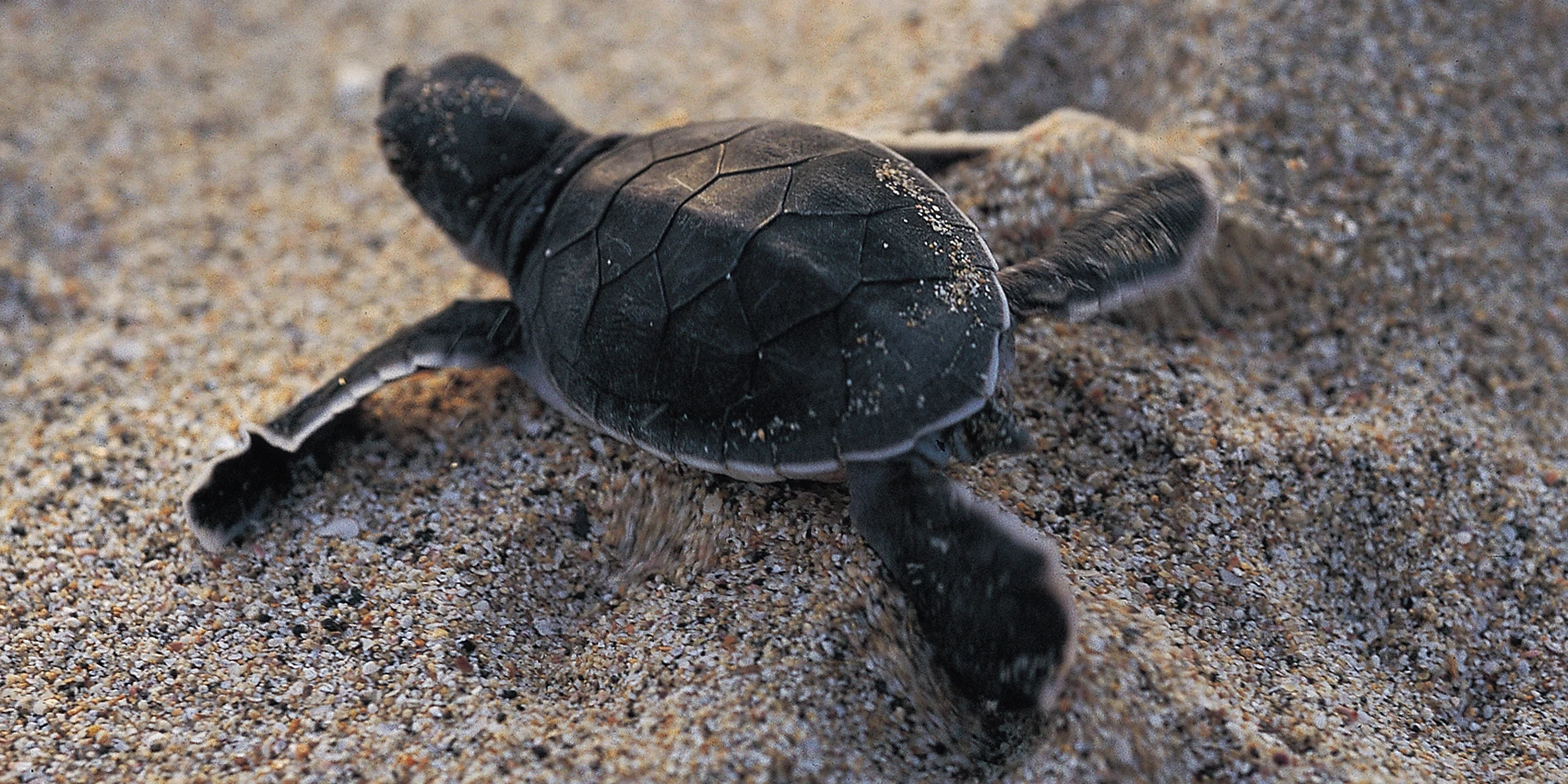

Wang'an Island, located south of the Penghu Archipelago, is one of Taiwan's few nesting grounds where Green Turtles return each year to lay eggs. To safeguard this habitat, agencies and civic groups across Penghu have long invested in turtle conservation, habitat management, and marine ecological education. In 1995, the Penghu County Government designated six protected nesting areas on Wang'an to prevent degradation of beach habitats, implemented night-time restrictions during the May–October nesting season to reduce disturbance, invested in volunteer training, and hired local rangers for patrols. In 1997, the Penghu Fisheries Research Center of the Fisheries Research Institute (Ministry of Agriculture) established a Sea Turtle Rescue and Shelter Research Center to treat injured turtles. Then in 2002, the Penghu National Scenic Area Headquarters opened Taiwan's first Green Turtle Tourism and Conservation Center, providing ecological and cultural interpretation and operating husbandry systems that support ex-situ rehabilitation. Wang'an Elementary School developed marine education courses to instill knowledge of, connections with, and stewardship of the ocean in local children from an early age. These joint efforts and sustained environmental education have raised public appreciation of the importance of conservation. The preservation of Wang'an's unique ecology and historic stone house settlement have further attracted visitors to explore the island, stimulating the local economy and circular sustainability.
Sun Moon Lake National Scenic Area Headquarters
Join us! Harnessing Collective Wisdom to Promote Sustainable Tourism
Business and Marketing
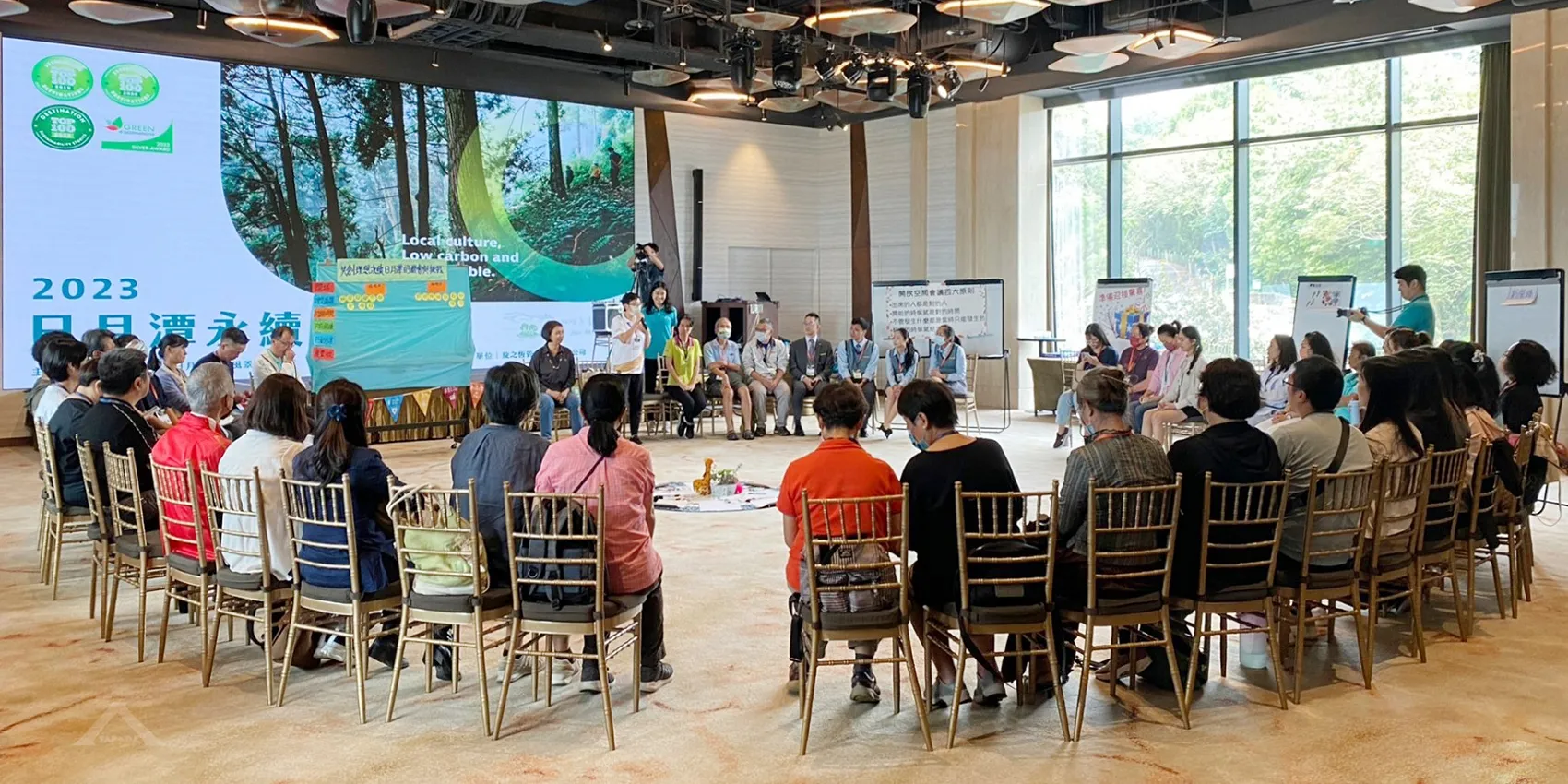

Following the GSTC Destination Guidelines, Sun Moon Lake National Scenic Area Headquarters sets an annual sustainability action agenda for Sun Moon Lake and encourages participation by area businesses. However, many stakeholders initially had only a partial understanding of sustainable tourism, and early initiatives often did not fully address their needs, resulting in mostly passive participation and limited impact.
To broaden engagement and build shared purpose, the headquarters introduced a board-game format to help stakeholders understand and reflect on the SDGs, launched campaigns to reduce single-use waste (for example, promoting reusable cups and containers, and offering incentives to use e-ticketing or mobile payments on the Taiwan Tourist Shuttle), organized a consensus-based sustainable camp, and created partnership models with sustainable seed businesses.
As a result, many stakeholders transitioned from passive involvement to proactively identifying challenges and proposing future actions. By building consensus and generating broad-based buy-in for a green destination, sustainability actions are taking root and flourishing across the region.


